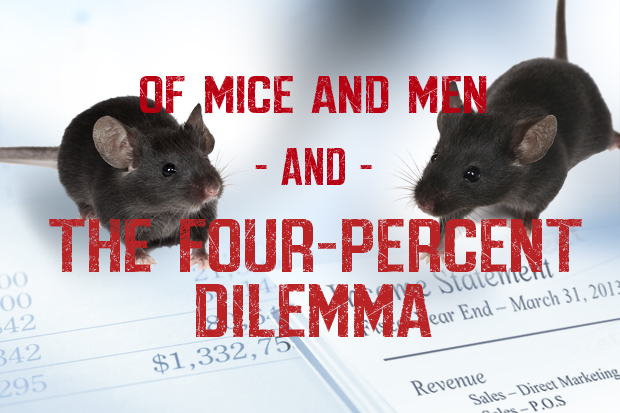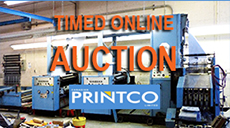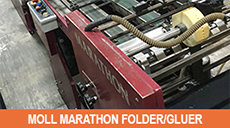In the late-1970s, the gasoline industry figured out a novel way to increase margins at the pump. They launched a campaign to have us fill our own tanks. The carrot was lower prices compared to having an attendant do it for you. Eventually, almost all North American gas stations went on to use intelligent pumps that could accept credit cards, were attendant free and had only one person in a booth to collect the cash.
Gas prices, of course, went back up after a while and everyone is still out there shovelling a spout into the back-end of a car on cold January days. Equality amongst the masses had arrived, and so did even higher profits for the oil companies.
The printing industry historically also leverages technology to drive profits. The hundreds of methods, practices and materials leading to the run-up of CTP clearly illustrated how print embraced change in order to remain relevant to our customers and control or reduce costs. The big press builders have done amazing work to lower their prices and provide machines that can decrease costs. Heidelberg, being the bellwether press builder, has distanced itself from even a 2003 technological marvel. KBA and Komori have spent millions on new platforms that don’t look or operate anything like a press built 10 years ago. The builders aren’t asking you to pump their gas or their tires either - just buy their machines.
I went back into our trade magazine archives and pulled out two major U.S. trade journals. One from July 1976 and the other July 1996. I then listed all the advertisements in both years and broke them down into obsolete and valid today. Here’s what I found: In 1976, of the 53 total ads to do with machinery and processes, 42 (79%) were obsolete for today and 11 (20%) were still valid. For the more relevant 1996 issue – of the 74 ads, 48 (64%) were obsolete and 26 (35%) were still valid.
Considering the Internet had arrived by 1996, the fact that 64-percent of technology is out of date as of today, tells us all that we have been doing our best to maintain technology. But, you can also see, it’s a bit like rearranging the deck chairs on the Titanic, with 35-percent of technology from 1996, still useful – it’s still print remember – and there is only so much one industry can do to change. Our industry is not an “App”. We have hard costs that can only shrink so far. We will also embrace anything that HP, Xerox, Landa et al want to come up with that provides a lower cost product. The same is especially true with sheetfed presses. As mentioned in earlier columns, until digital offers same the same speed and quality for well under $1 million, it’s going to be awhile.
Although the great hope of digital print technology is starting to play a bigger role, will it be enough to keep us all employed? The answer is simply no. Not all will remain and the four-percent profit return proves it.
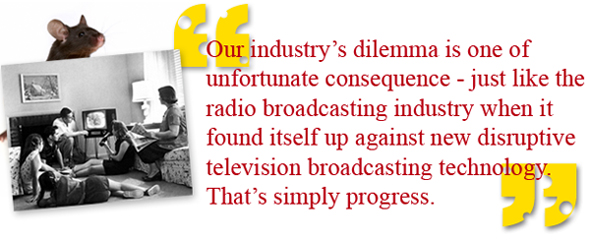
The once mighty industry that employed more people than all of the US automakers combined, is taking a beating. Huge factories in Germany and Japan that built printing presses just as Henry Ford did the Model T, find themselves trying to diversify and grab revenue from all sources including the once scoffed at consumables business. Our industry’s dilemma is one of unfortunate consequence just like that of the radio broadcasting industry when it found itself up against new disruptive television broadcasting technology. That’s simply progress. Managing ourselves through rapid changes and lower costs will remain and intensify even with new digital offerings. Compare ourselves to the machine tool industry - CNC basic benchmark tools built in 1996 do not have near the obsolescence as print.
Tablets will continue pilfering eyeballs from print in ever increasing numbers. Airlines no longer send upgrade certificates or plane tickets. They send e-upgrades
and e-tickets. Look around you and see just how many people are staring at a screen. Every time they do, it moves the goalposts for our industry and in order to compensate we not only need the latest technology but also products that don’t have anything in common with on-screen. Mergers are not always the answer. Solutions are found with the
Madison Avenue creatives. Getting Mad Men to buy into your new technologies or finishing abilities are the keys that our most successful commercial printers are using to open doors.
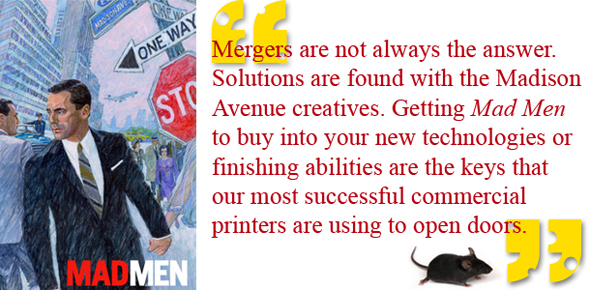
Regardless of the outcome, the world still has a need for print. One look at the growing direct mail (DM) business shows that print has a niche that can be taken advantage of. Just like VLF and packaging, DM will be relevant until the next generation further embraces online handheld technologies that strip away more of print’s proprietary abilities.
Even then, a simple ad on a refrigerator cut out of your local paper or magazine brings news and information to a household that otherwise would have missed it.
|


